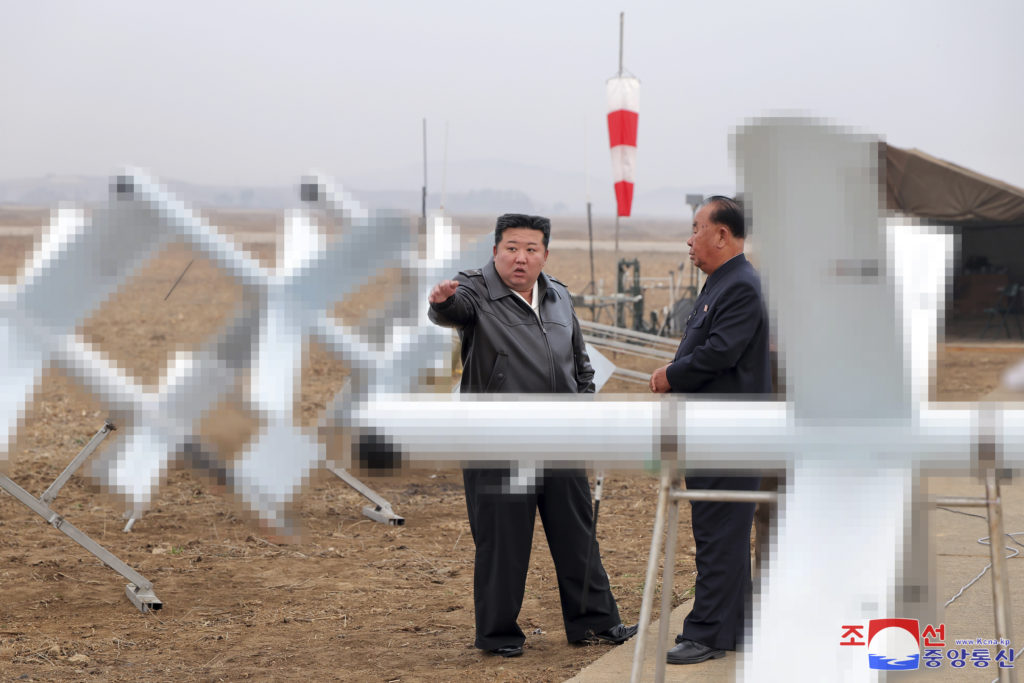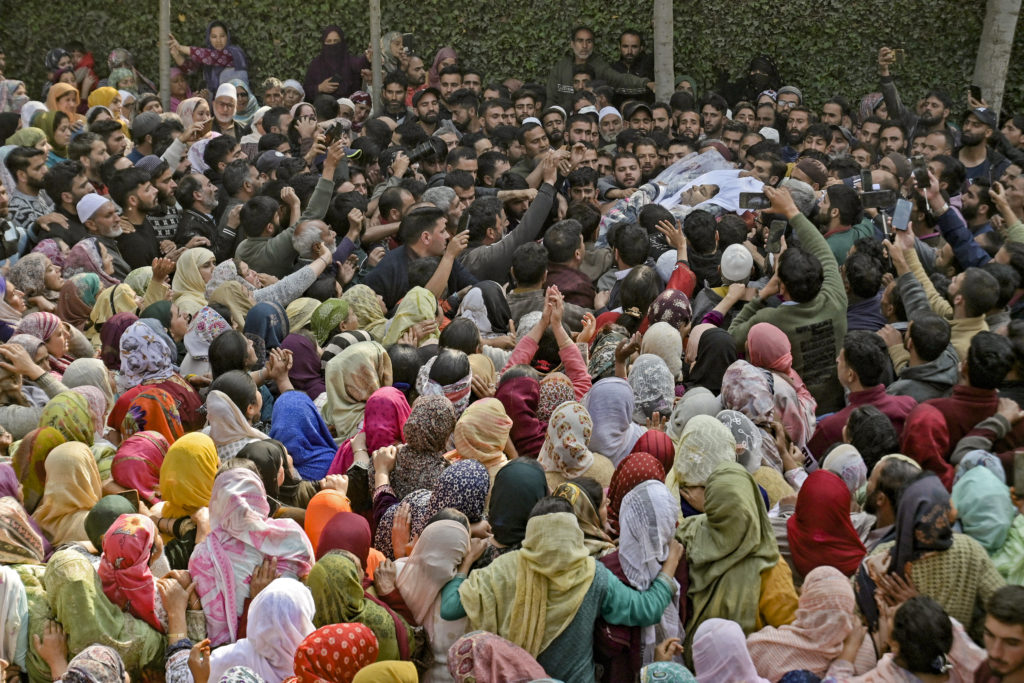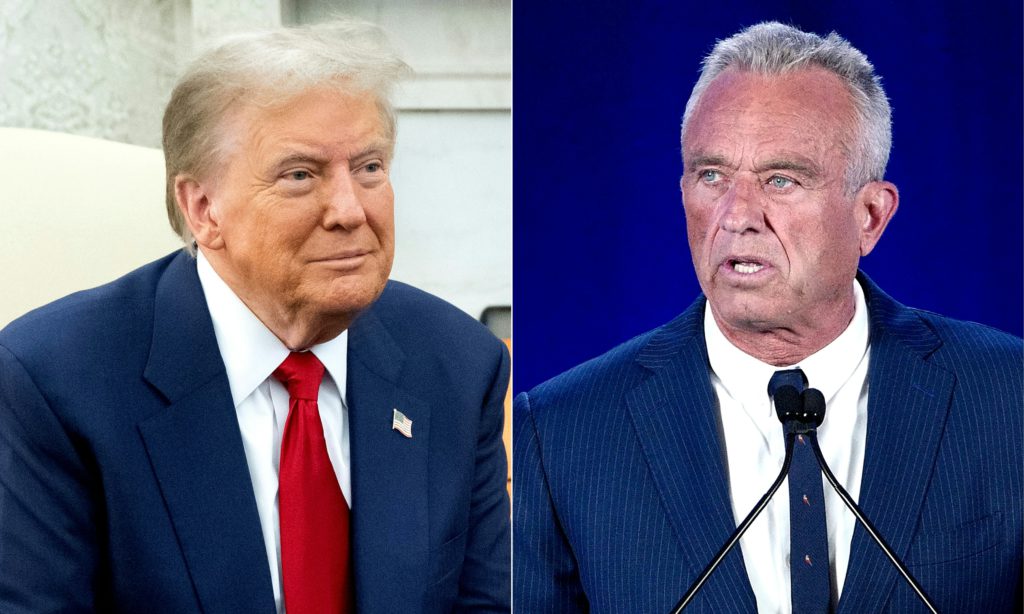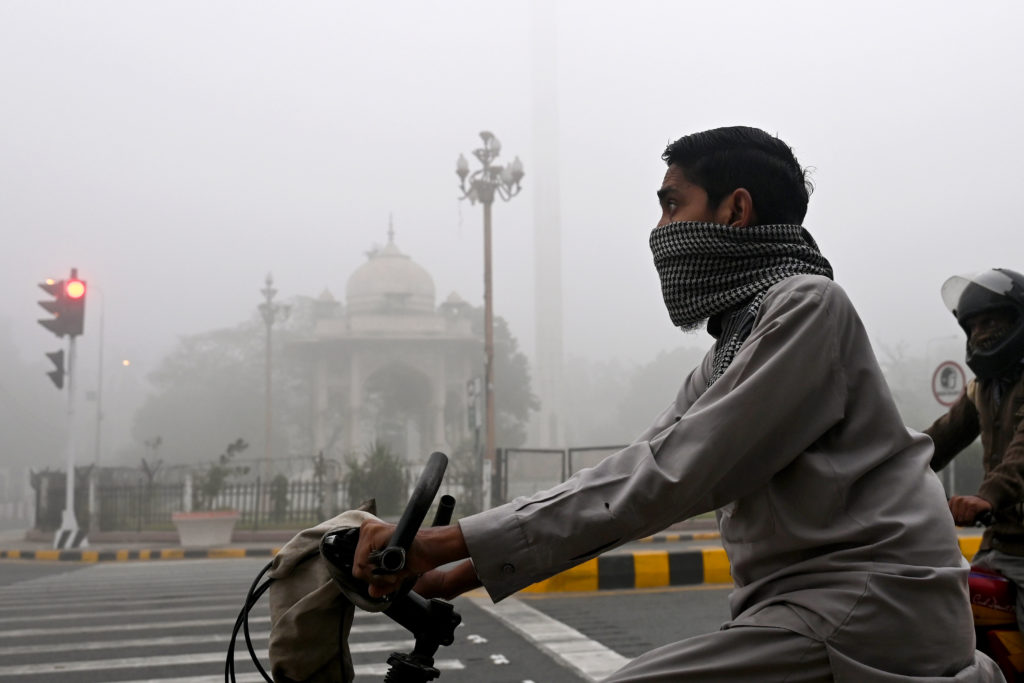Germany, long reliant on Moscow for energy imports, has been hit hard by the sharp rise in prices since the invasion of Ukraine and the cut to supplies
Germany on Wednesday signed off on an energy price cap, the cornerstone of a massive 200-billion-euro ($198-billion) package to shield households and businesses from rising costs.
“The source for these consequences and great challenges is (Russian President Vladimir) Putin’s war,” Scholz said at a press conference.
The support package was Germany’s response “so that citizens do not have to fear their bills”, said Scholz, who has ploughed ahead with plans despite criticism from European partners.
Germany’s businesses have also crying out for help at a time when Europe’s largest economy is drifting towards recession and inflation has shot past 10 percent.
The plan will see the price for a percentage of household and businesses’ typical consumption capped at lower-than-market prices.
For gas, 25,000 larger businesses, as well as almost 2,000 hospitals and schools will benefit from the cap as soon as January 1 next year, according to the plan agreed between the federal government and regional leaders.
Households and smaller businesses meanwhile could have to wait until March 1 at the latest for the price brake to come into force.
Policymakers will “seek” to apply the relief retroactively from February 2023, according to the document.
A similar price cap will also apply to electricity from the start of the new year in January, with the measures set to last through to the end of April 2024.
– December help –
While the cap for smaller consumers will only come into force later, the government will pick up their heating bills in December.
For households, the price of a kilowatt-hour of gas will be capped at 12 cents for up to 80 percent of their typical usage.
The same unit of gas currently costs billpayers 18.6 cents, according to the price comparison site Check 24.
All in all, the support measures could save a single-person household with a typical gas consumption of 5,000 kWh around 264 euros over a year, the site estimates.
The partial price cap was designed to maintain “incentives to save energy” over the winter while supplies are short, according to the government paper, despite concerns that lowering prices would sustain demand.
The plans left a “winter gap” for consumers until at least February, North Rhine-Westphalia state premier Hendrik Wuest said at the same news conference as Scholz.
Wuest, who had pushed for the government to bring the price cap in earlier for households, said the chancellor had agreed to “examine” alternative solutions put forward by regional leaders.
– European discontent –
Germany, long reliant on Moscow for energy imports, has been hit hard by the sharp rise in prices since the invasion of Ukraine and the cut to supplies.
Despite the Germany economy eking out 0.3-percent growth between July and September, most analysts still expect the country to slip into recession as the high cost of energy drags on production.
Businesses that have been pushing for more support from the government welcomed the plans.
The price cap measures should “create a bit of security and at the same time ease worries”, the BDI industrial lobby said Monday ahead of the final agreement.
Berlin’s massive go-it-alone plan to shield its economy has ruffled feathers among European partners who would have preferred a common solution.
They feared that more highly indebted EU countries could not afford the outlay made by Germany, while the plan could affect their own energy costs.
Germany’s energy price shield will be partly financed through new borrowing through an economic stabilisation fund created during the coronavirus pandemic.
Berlin also intends to fund the cap by skimming off part of the bumper profits made by energy companies as prices have risen.











